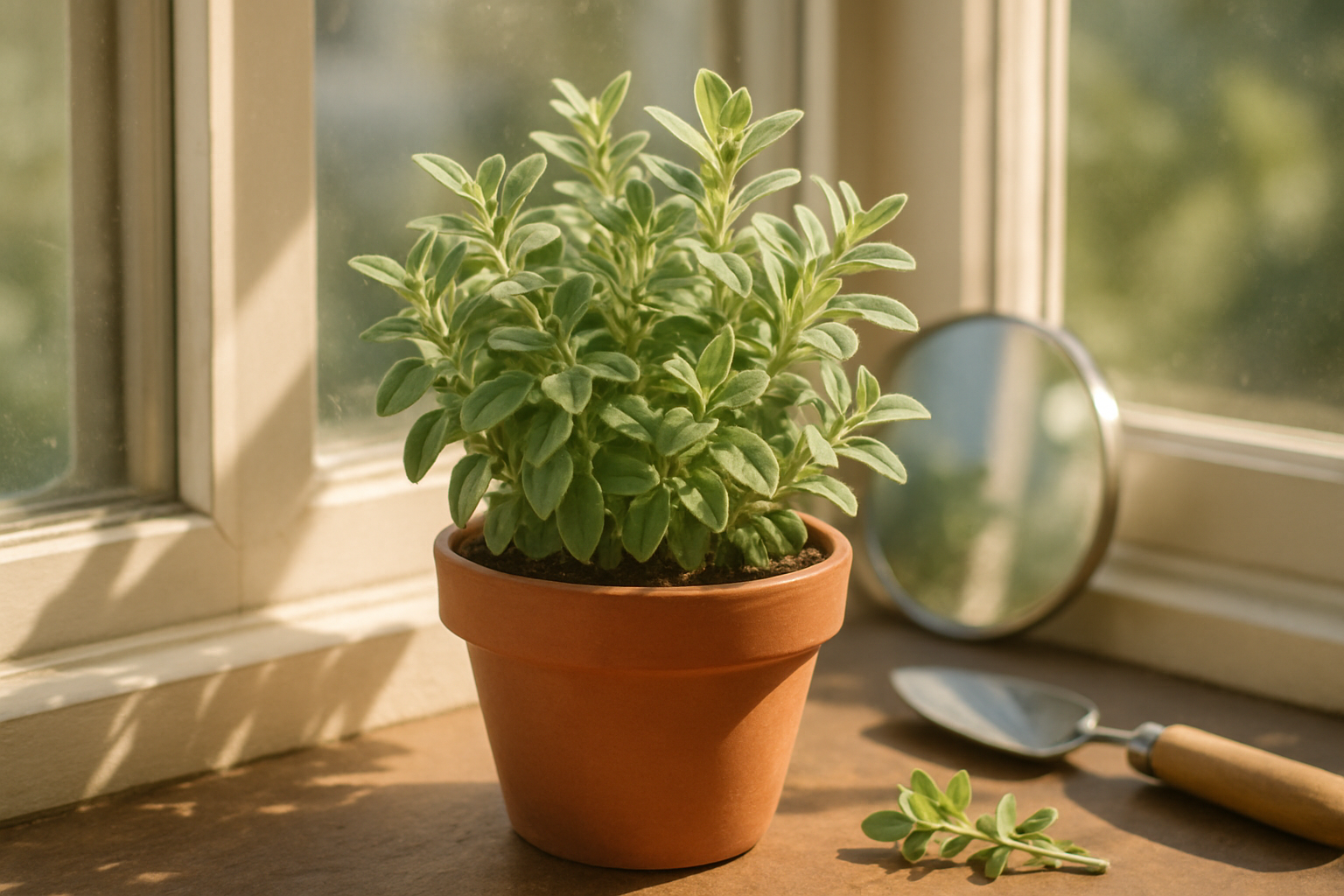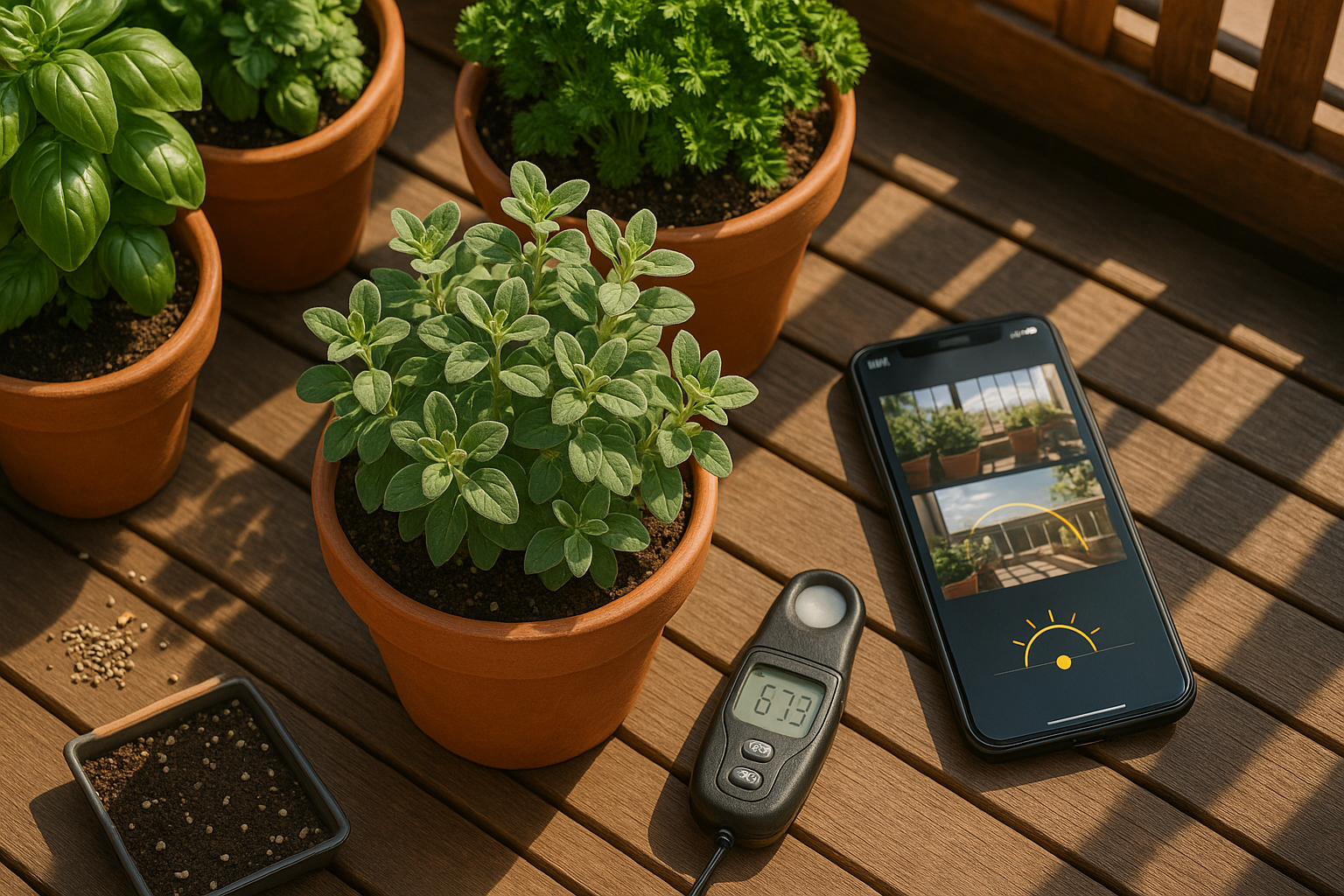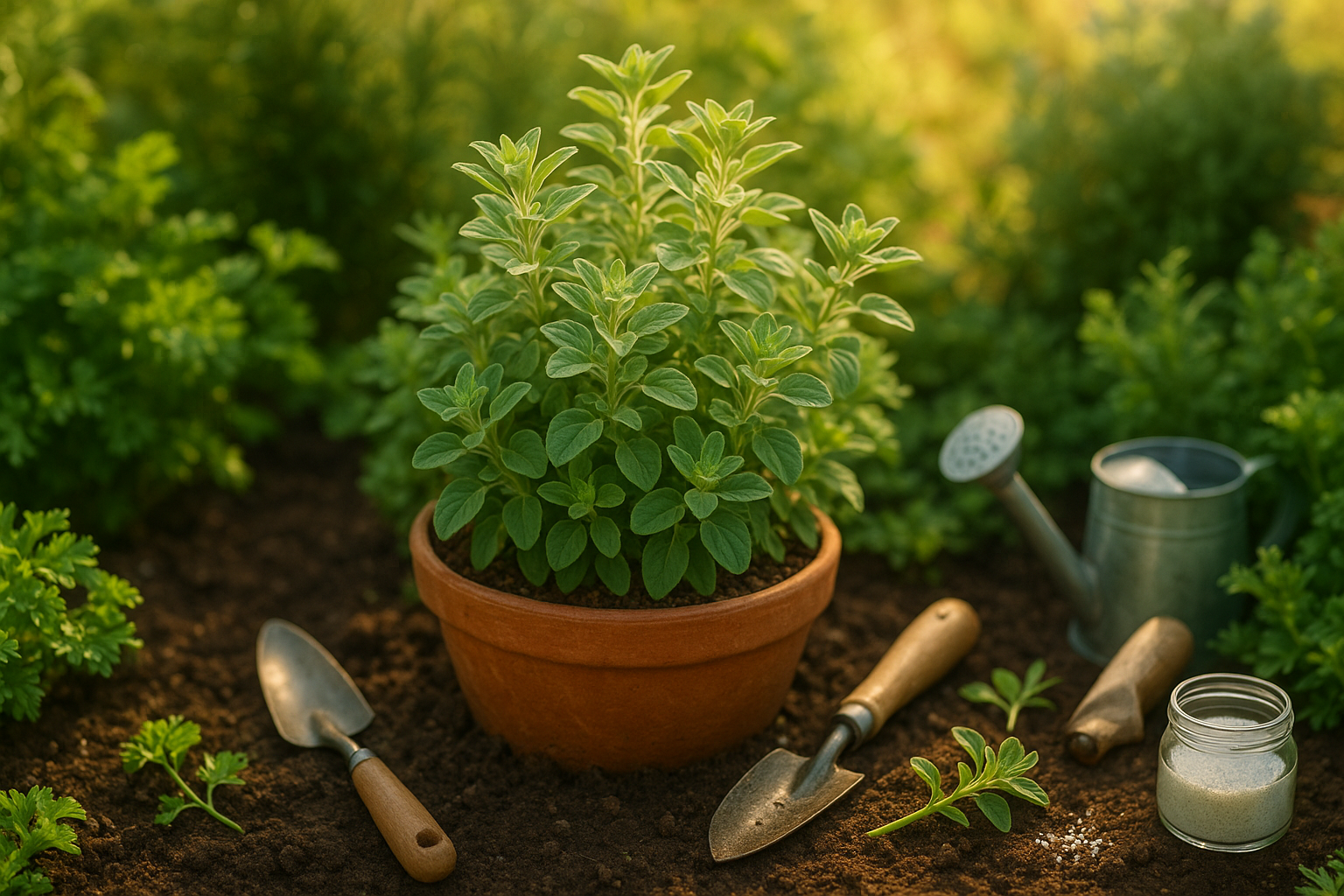Understanding Sweet Marjoram’s Sunlight Needs

If you’ve ever wondered about marjoram’s sunlight needs, you’re not alone—many herb gardeners want to provide the best conditions for this aromatic plant. Sweet marjoram, known for its delicate, slightly sweet flavor, thrives when given the right balance of sunshine. Ideally, marjoram loves to bask in full sun, which means it should get at least 6 to 8 hours of direct sunlight each day. This exposure allows the plant to develop sturdy stems, lush green leaves, and the robust essential oils responsible for its wonderful fragrance and taste.
While marjoram can tolerate some light shade, too much shade will stunt its growth and weaken its flavor. In regions with particularly hot summers, offering a little afternoon shade can help prevent the leaves from scorching. However, make sure the plant still receives the bulk of its sunlight in the morning and early afternoon. Gardeners in cooler climates or those growing marjoram indoors should place it in the sunniest window or supplement with grow lights to ensure that light requirements are met.
Proper sunlight is crucial—not just for healthy growth, but also for maximizing the potency of marjoram’s flavor. Plants grown in ideal light will have more vibrant leaves and produce higher concentrations of the aromatic oils that make this herb perfect for seasoning dishes. To sum up, understanding sweet marjoram’s sunlight needs is the key to a thriving, flavorful harvest—so give your marjoram plenty of sun, and you’ll be rewarded with both healthy plants and delicious leaves.
Best Sun Conditions for Sweet Marjoram Indoors and Outdoors
Sweet marjoram thrives with plenty of sunlight, but its exact needs vary depending on whether it’s grown outdoors or indoors.
In an outdoor garden bed, marjoram prefers a spot that gets full sun—ideally, at least six hours of direct sunlight daily. South-facing beds are excellent because they capture the most consistent light throughout the day, but east- or west-facing beds can also work as long as shaded areas are avoided.
Indoors, marjoram should be placed where it receives the maximum possible light. Typically, a south-facing window in the Northern Hemisphere is ideal, offering the strongest and longest sunlight. If a southern exposure isn’t available, an unobstructed east- or west-facing window can suffice, though you may need to move your pot closer to the glass or rotate it regularly to ensure even growth.
To boost light indoors, consider placing a reflective surface behind your pots to bounce light back onto the leaves, or supplement with a small grow light, especially during darker winter months.
Outdoors, keep taller plants to the north of marjoram beds to prevent shading, and watch for overhanging eaves or trees that may create unwanted shadows. Indoors, frequently dust the leaves and keep window glass clean to maximize the light your marjoram receives.
By carefully choosing locations and taking these extra steps, you’ll help ensure your marjoram stays lush, aromatic, and healthy—whether it’s basking in the backyard sun or soaking up rays on your windowsill.
How to Ensure Your Sweet Marjoram Gets Enough Sun

To make sure your sweet marjoram thrives, it’s important to know if your planting area gets enough sun. Start by tracking sunlight using your smartphone: take photos of the spot every few hours to see how sunlight moves throughout the day. Aim for a location that receives at least six hours of direct sunlight—a sunny south-facing window works well indoors.
You can also try a sunlight meter, a handy device that gives you instant readouts of light levels. If your marjoram is in a pot, rotate it every few days to ensure all sides receive equal exposure, especially if it’s by a window or on a balcony.
When growing indoors or in cloudy climates, invest in a quality LED grow light—set it on a timer for 12-14 hours of light daily to mimic the long, sunny days marjoram enjoys.
Keep an eye out for signs your plant needs more sun: yellowing leaves, weak or leggy stems, and slow growth are telltale clues. If you spot these, try these tips:
- Move the plant to a sunnier position.
- Trim back any large neighboring plants that cast unwanted shade.
- Raise your grow lights a few inches higher.
In the heat of summer, be mindful that the angle of the sun changes; reposition pots if necessary so marjoram isn’t overshadowed by other garden plants or structures. These practical adjustments ensure your sweet marjoram gets all the light it needs to stay healthy and flavorful all season long.
What Happens If Sweet Marjoram Gets Too Much or Too Little Sun?
Sweet marjoram thrives in full sun, but too much direct sunlight—especially in hot climates—can cause the leaves to wilt, turn brown, or develop scorched edges. On the flip side, if your marjoram gets too little light, you might notice the plant becoming leggy, with stretched-out stems and paler leaves due to insufficient energy for healthy growth. Yellowing or dropping leaves can also signal a lack of sunlight.
If you spot sun stress from overexposure—like crispy leaves or rapid wilting—try moving the pot to a spot that gets morning sun and afternoon shade, or use a sheer curtain to filter the light for indoor plants. If leggy growth or pale leaves are the problem, gradually relocate your marjoram to a sunnier position, adding an hour of extra light exposure every few days to avoid shocking the plant.
Outdoor marjoram planted in beds can sometimes benefit from being near taller companions that cast partial shade, while indoor pots do well on a sunny windowsill with southern exposure. Be sure to water thoughtfully—overwatering won’t fix sunburn, and underwatering only makes sun stress worse.
Regularly check for these symptoms, and don’t hesitate to trim damaged stems to encourage bushier, healthier growth.
Extra Care Tips for Thriving, Flavorful Marjoram
Marjoram flourishes best in full sun, but thriving plants depend on more than just light. Choose well-draining, sandy or loamy soil—this prevents waterlogged roots and mimics marjoram’s Mediterranean origins. Water generously after planting, then switch to a routine of letting the top inch of soil dry out between waterings; soggy conditions are marjoram’s enemy.
During hot, peak summer afternoons, potted marjoram may appreciate a touch of dappled shade to avoid scorching. In autumn or early frost, simply move containers indoors to a sunny windowsill. For outdoor beds, use mulch to conserve moisture and buffer temperature swings.
Promote bushy, aromatic growth by pinching or snipping stem tips every few weeks; this encourages branching, results in fuller plants, and increases leaf production for harvesting. Trim any flower buds that appear if you want maximum flavor, since marjoram leaves are at their most fragrant before flowering.
In colder climates, overwinter marjoram indoors in a bright spot, reducing watering to avoid rot. As you harvest, always take healthy sprigs from multiple areas to maintain shape and stimulate new growth.
With these extra care tips, you’ll enjoy a robust marjoram plant bursting with flavor and ready for your kitchen all season long.
